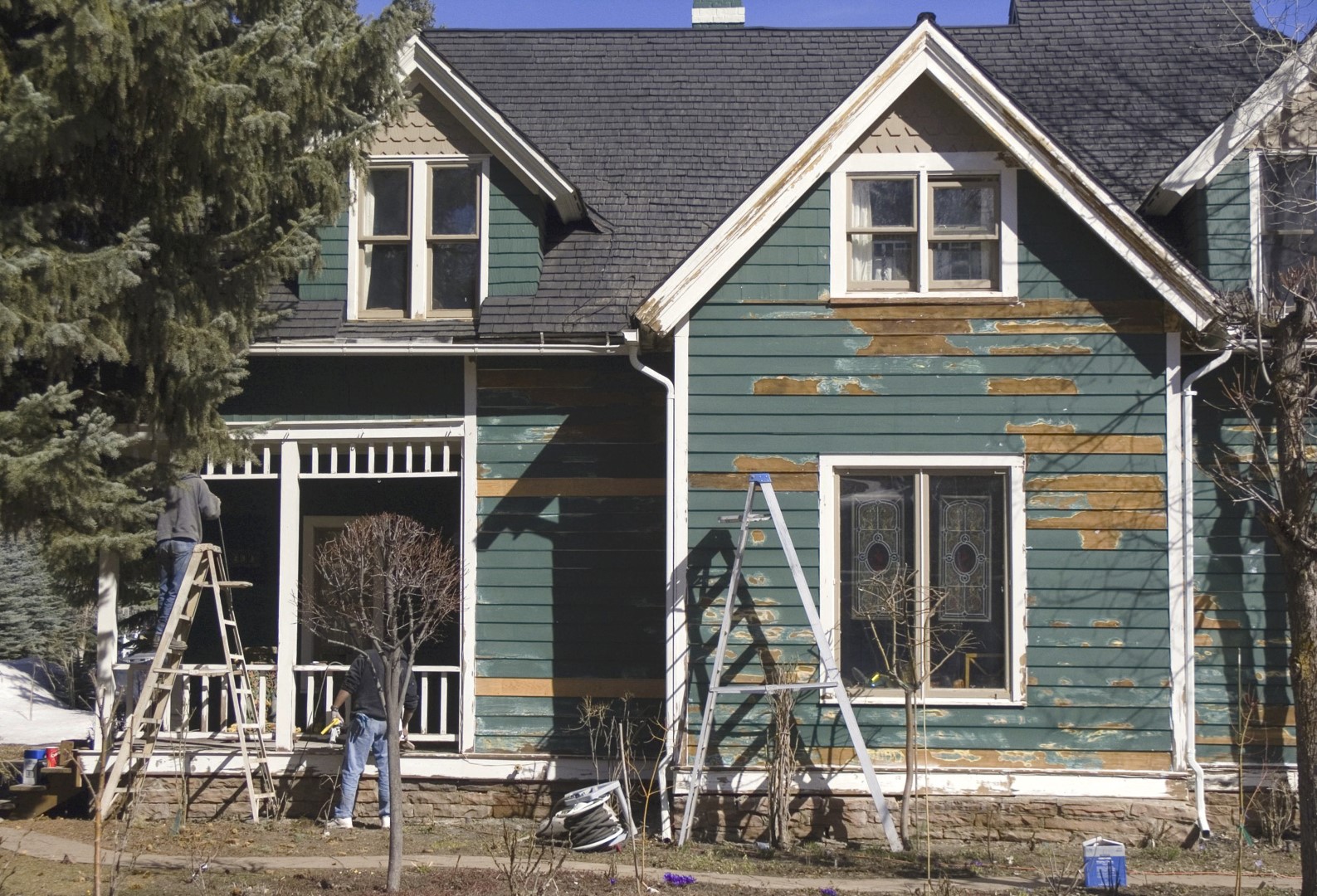This is one of the most common questions that always seems to arise when the discussion turns to lead paint. Will simply painting over it take care of the safety concern? Do I have to hire a professional if my home was built before the lead paint ban? As with everything, the answer is not quite so simple. It’s yes…and no. Both fact and fiction.
Before 1978, lead-based paint was common and used everywhere. It has been found in playgrounds, schools, hospitals, offices, apartment buildings and residential homes. Once the federal government banned the use of lead-containing paint in 1978, the next question arose – how to cover it up.
To Paint Or Not To Paint
Let’s take a look at why it’s both a yes and no answer to understand how this information may be beneficial to you. Yes, it’s probably much easier to paint over the existing coats of paint and be done with it. But, faster is not always better when it comes to health. Safety should still be of the utmost importance when it comes to anything dealing with lead paint.
When It’s Safe To Paint Over Lead-Containing Paint
One of the most significant factors when deciding whether it is safe to simply cover lead paint by painting over it is the condition of the existing paint and wall. If they are both in good condition, then painting over them will form a barrier against the toxins in the lead paint.
Not any normal paint will safely cover lead-containing paint. To make sure that the paint, dust, and fumes are carefully controlled, a special type of paint known as an encapsulant must be used. It’s applied over the lead-based paint as a sealant to prevent paint chips or dust from being breathed in or escaping. Though DIY-ers can technically apply an encapsulant on their own, the safest and most recommended way of properly performing an on-site encapsulation is to hire a professionally certified vendor that specializes in lead-based paint renovation.
When It’s Not Safe To Paint Over Lead-Containing Paint
If the wall or paint is in any way chipped or damaged, bubbling or peeling, then painting over it will not re-seal the lead paint. The toxins contained underneath all the layers will still be exposed through the topcoat, and therefore, always considered dangerous.
If you find yourself within a building that built prior to 1978 and the walls are in poor condition, then hiring a certified lead-paint removal team is important not only for the sake of the building’s integrity but also for the safety of everyone in the building.
Hiring a Lead-Safe Certified Contractor
If your painting project involves existing surfaces with damaged paint. One option is to hire a contractor that has training and experience to do the job safely. The easiest way to identify a knowledgeable painting contractor is to ask if they are a “Lead Safe Certified Firm”. This means they are approved to do your work following EPA Rules.
Gaining Knowledge Yourself
You can always attend an EPA approved Lead Paint Renovator Course to understand how to do the work yourself. The course is completed in one day and covers specialized work practices to get the job done safely from start to finish.
Want to find out more?
What Are Symptoms Of Lead-based Paint Exposure?
Although there are currently regulations in place strictly prohibiting the use of lead-based paints, the effects of previous use can still affect our health. For those that work in any form of manufacturing or construction industry where lead is present and has the possibility of being exposed, the chance of suffering from exposure is much higher.
Lead exposure can happen two different ways. The first is being exposed to a high-level of lead for a short period of time. This can happen if you’re re-painting a room that still has remnants of pre-1978 coats. Symptoms of this type of exposure include:
- Headaches
- Irritability
- Loss of appetite
- Memory Loss
- Weakness
- Abdominal Pain
The second method for lead exposure is low-level exposure over a prolonged period of time. This allows the lead to accumulate in the body, resulting in the following symptoms:
- Constipation
- Abdominal Pain
- Forgetfulness
- Nausea
- Depression
- Feeling Distracted
- Irritability
As with most remedies, the first step in treating lead poisoning is to remove the lead from the environment. If there is only a low-level of exposure, this may allow the body to rid itself of any lead in the bloodstream naturally. For higher levels of lead, treatments include injections and oral medications.



